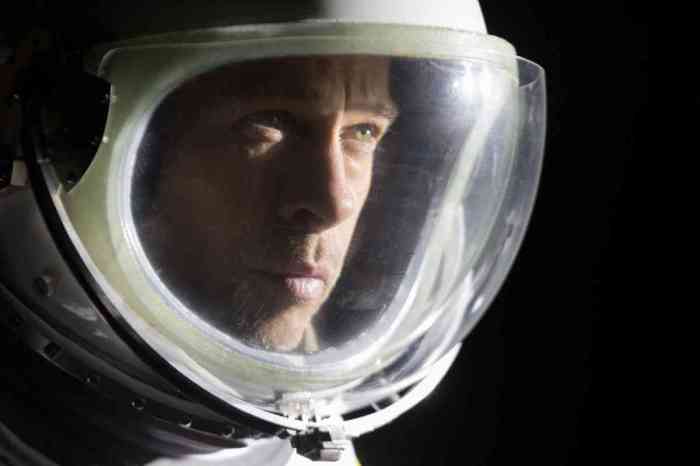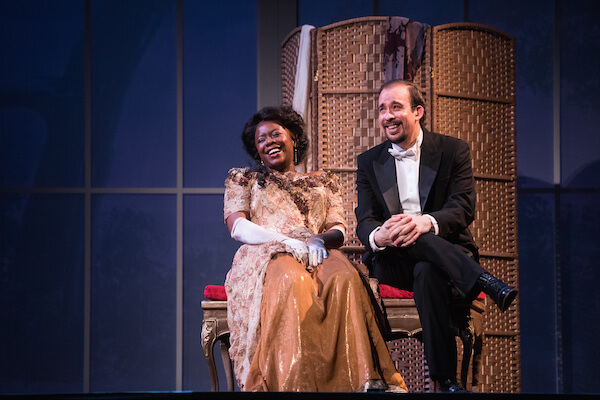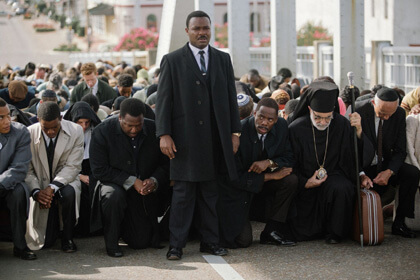Charlie Hunnam and Tom Holland in James Gray’s “The Lost City Z.” | AMAZON STUDIOS/ BLEECKER STREET
James Gray’s films have always pleased a cult following, particularly in France, but they’ve never really connected with a wide audience despite his talent. While he began making gangster films set in Brooklyn’s Jewish community, he became a major filmmaker when he left genre behind and began drawing on life — his own and that of his ancestors. But this didn’t bring him an audience either.
According to The New Yorker’s Richard Brody, his last film, “The Immigrant,” earned $4 million worldwide on an $18 million budget. It didn’t help that its American distributor barely promoted it, despite the stunning lead performance by Oscar-winning actress Marion Cotillard.
Gray has now stepped outside his comfort zone entirely — though he continues to shoot exclusively in 35mm — by setting a film completely in Europe and South America. Inevitably, the conditions of its production replicated some of what its characters go through. I wish this all had led to another film as good as “The Immigrant,” but “The Lost City of Z” is the closest he’s come to making a middlebrow arthouse film in the Merchant-Ivory vein.
James Gray’s ambitious, faltering examination of colonialism in South America
Inspired by the true story told by David Grann’s history of the same name, “The Lost City of Z” begins with Percy Fawcett (Charlie Hunnam) as a relatively young man in the earliest years of the 20th century. On an exploration to Bolivia, he interacts with indigenous people and discovers artifacts from an unknown culture that he dubs Z. He starts to think of Z as a lost paradise, akin to the Spaniards’ Eldorado. When he returns to England, he neglects his wife Nina (Sienna Miller) — his anti-racist sentiments against slavery and the common British view of native peoples as “savages” do not extend to challenging his own sexism — and slaps his son Jack (played as an adult by Tom Holland) around. As decades pass, he returns again and again to the Amazon, eventually with the grown Jack in tow. Z remains elusive.
Gray has always worked as though he were the last ‘70s filmmaker left standing, even though his actual peer is Sofia Coppola, not her father. This isn’t a postmodern gesture, like Quentin Tarantino’s mixmaster approach to old movies derived from his days as a video store clerk or Guy Maddin’s insertion of explicit sex fantasies into images drawn from silent films made in much more prudish times. He simply loves that period of American cinema and goes on working as though nothing had changed since 1979. His inability to find a wide audience reminds me of certain musicians who draw on once-mainstream sounds that would have made them major stars 35 years ago, but now struggle to land their albums in the bottom reaches of the top 40.
There are moments of brilliance in “The Lost City of Z,” especially a three-minute scene that succinctly describes the horror of World War I and compresses everything that’s good about Steven Spielberg’s “Saving Private Ryan” into the length of a pop song. There’s also a transcendental element in “The Lost City of Z” new to Gray’s work, but it doesn’t quite suit him. To Fawcett, Z means something more than an anthropological and archeological curiosity. What exactly that is seems just out of the film’s grasp, and deliberately so. It may be a way to redeem Britain’s whole colonial project or finally treat native people on human terms. None of the film’s many indigenous characters are fully developed. Without calling the film racist — much of its point seems to be the impossibility of whites approaching native people as equals — I’d be quite curious how it plays to mestizo audiences in Latin America.
While “The Lost City of Z” takes place over a 20-year stretch in the first three decades of the 20th century — Hunnam is subtly aged over its two hours and 20 minutes —it throws together the ‘70s and 1910s. As always, Francis Ford Coppola is a big influence on Gray: the dim lighting of the scenes set in England evokes Gordon Willis’ cinematography in “The Godfather,” while the raft trip down the Amazon recalls “Apocalypse Now.” Werner Herzog, a director whose fascination with the native peoples of Latin America has sometimes stretched into ethically dubious territory, also hovers over Gray here.
But the spiritual yearning that makes up such a big part of this film seems to come from the real Fawcett; after all, Gray is drawing from life as much as he did with “The Immigrant,” which was inspired by his grandparents’ arrival in the US. It’s too bad that Gray never quite finds a satisfying way to express this longing for transcendence — it could add a fascinating new element to his aesthetic and ethos. Instead, “The Lost City of Z” remains an odd object: half lament for the damage done by colonialism, half nostalgia trip.
THE LOST CITY OF Z | Directed by James Gray | Amazon Studios/ Bleecker Street | Opens Apr. 14 | Landmark Sunshine, 143 E. Houston, btwn. First & Second Aves.; landmarktheatres.com | AMC Lincoln Square, 1998 Broadway at W. 68th St.; amctheatres.com


































